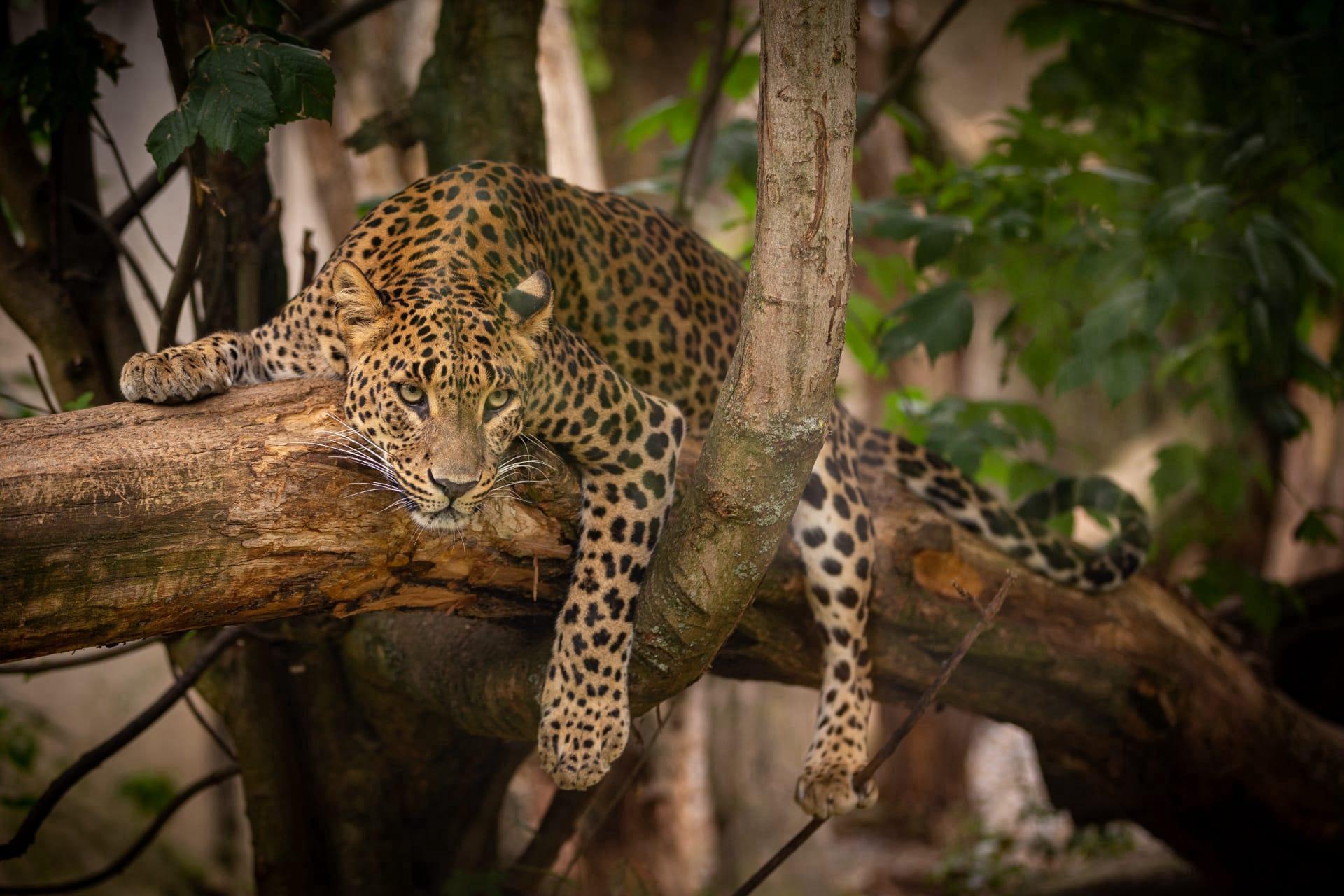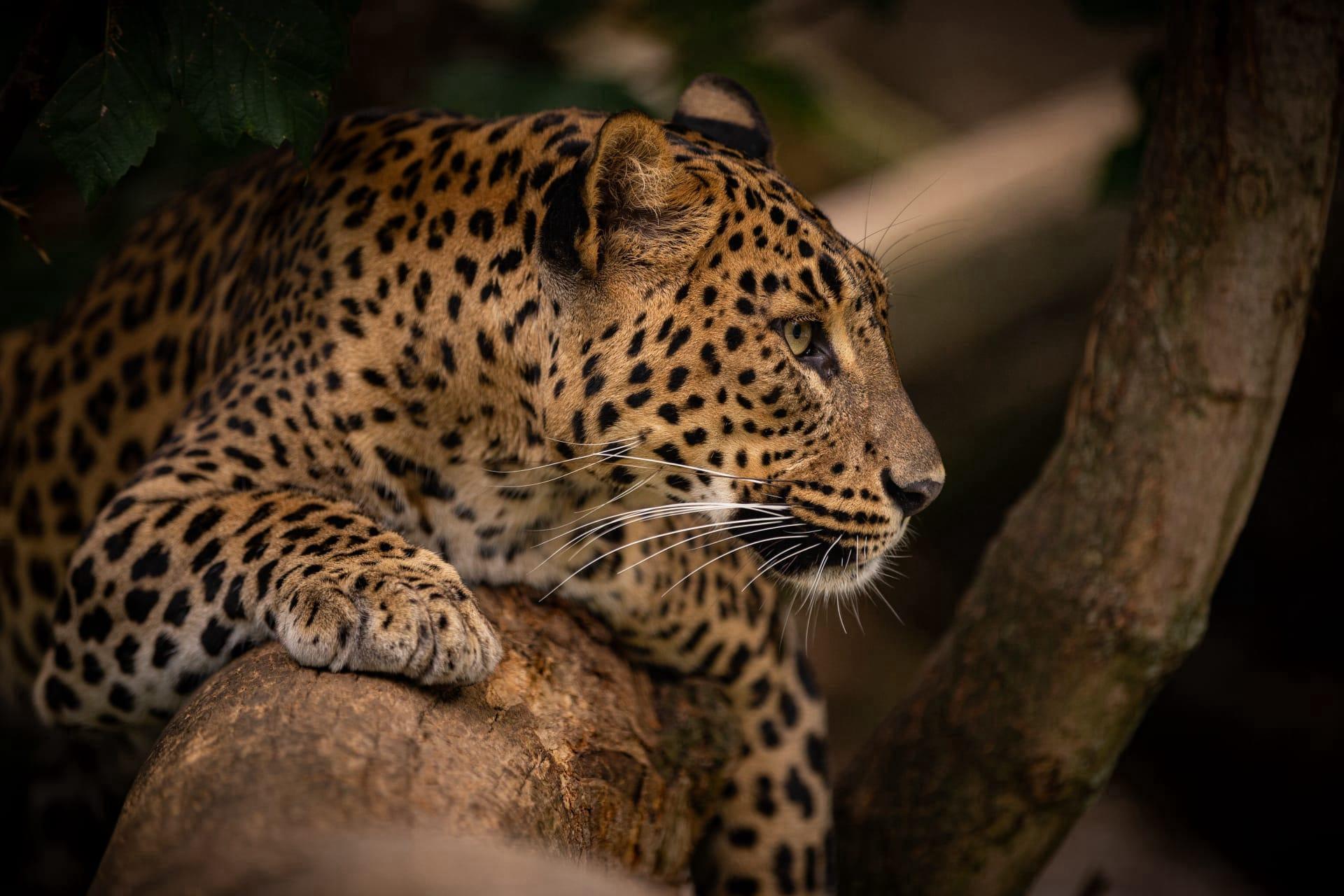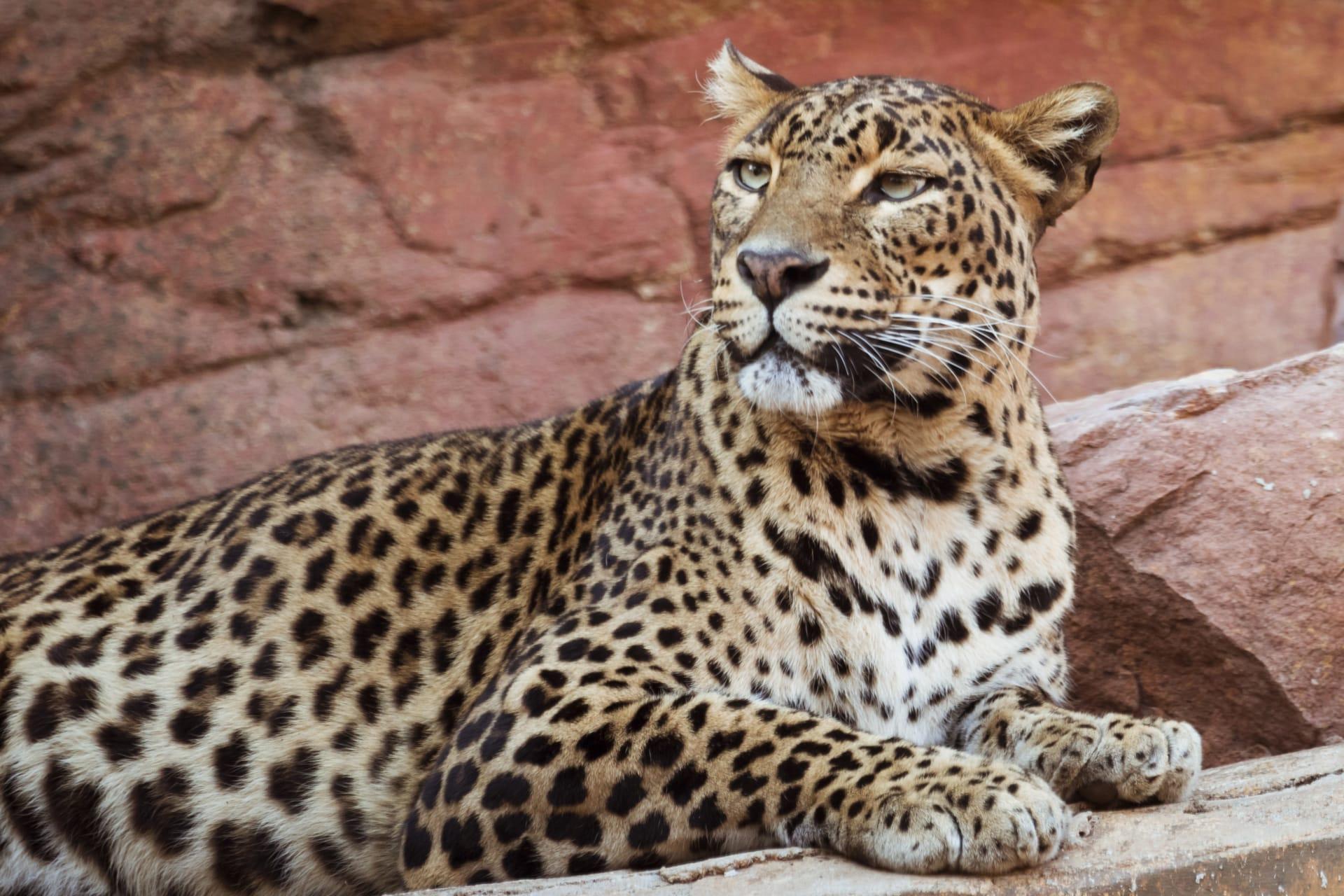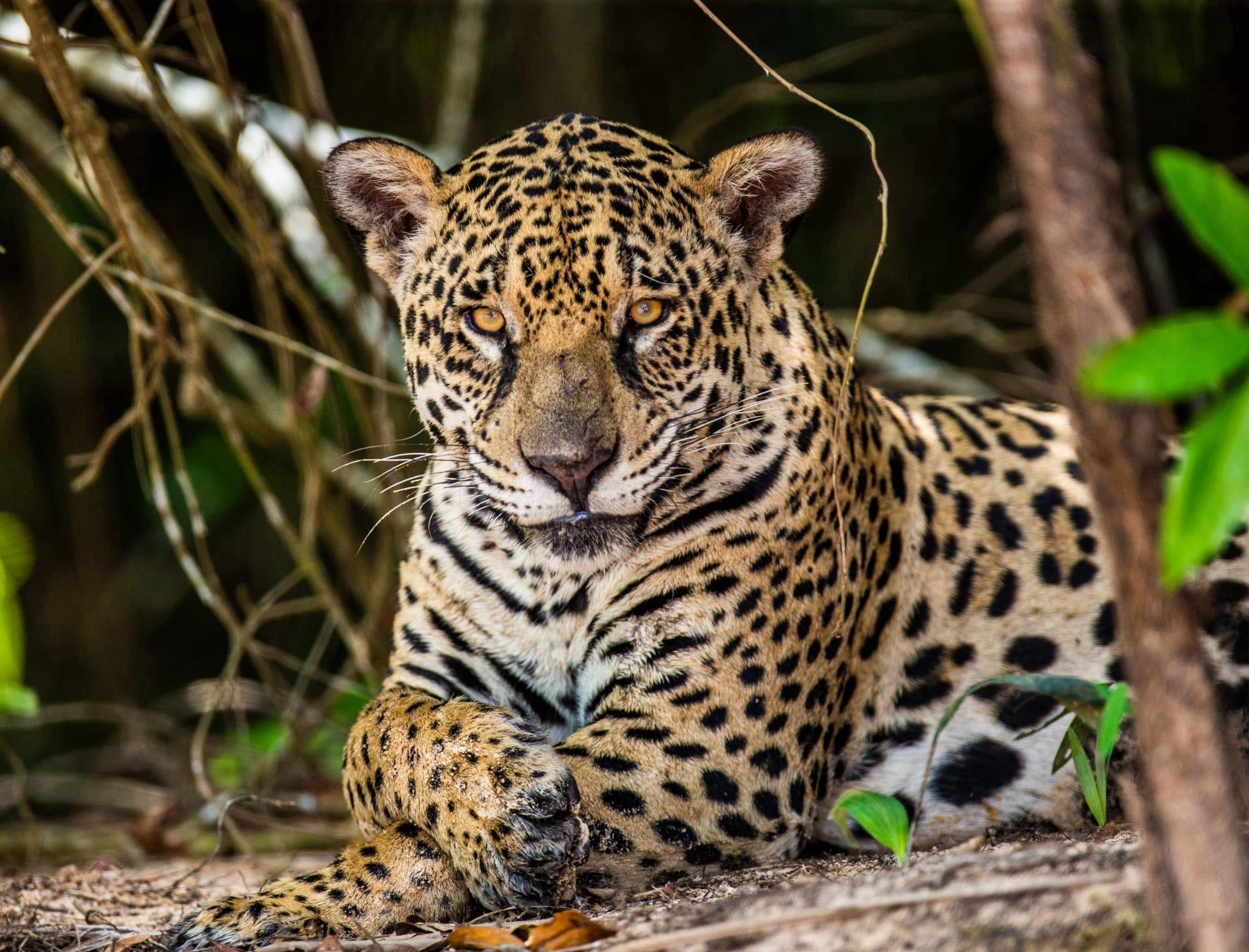Amur Leopard Trivia
- Home /
- Trivia Question /
- Animal /
- Amur Leopard Trivia
1
Question: What makes the Amur leopard unique in its physical appearance compared to other leopard species?
Answer: The Amur leopard, known for its stunning coat, stands out with its thick fur that can grow up to 7 cm long in winter. This adaptation keeps it warm in its cold, forested habitat in the Russian Far East and China. Its coat has more widely spaced rosettes with thicker borders compared to other leopards, giving it a distinctive look. Moreover, the Amur leopard is also slightly larger, with males weighing between 32 to 48 kilograms and females slightly less.
Question: How does the hunting style of the Amur leopard differ from other big cats?
Answer: The Amur leopard is a solitary hunter, primarily nocturnal, relying on its stealth and agility. It's known for its incredible leaping ability, able to leap more than 19 feet horizontally and up to 10 feet vertically. This leopard stalks its prey, mostly deer and small mammals, and can sprint at speeds of up to 37 miles per hour in short bursts, which is essential for ambushing prey in its densely forested habitat.

2
Question: Is it true that Amur leopards are aggressive towards humans?
Answer: Contrary to some misconceptions, Amur leopards are not typically aggressive towards humans. They are naturally elusive and try to avoid human contact. Most reported cases of aggression are linked to situations where the leopard felt threatened or cornered. They are more threatened by human activities than being a threat to humans.
Question: Do people often confuse the Amur leopard with the Snow leopard due to their similar habitats?
Answer: Yes, there's a common confusion between Amur leopards and Snow leopards. While both live in cold climates and have thick fur, they inhabit different regions. The Amur leopard lives in the temperate forests of the Russian Far East and China, whereas the Snow leopard is found in the mountain ranges of Central and South Asia. Their physical appearances are also distinct; Snow leopards have a paler, more uniform coat and lack the rosettes characteristic of the Amur leopard.

3
Question: What is the primary diet of the Amur leopard and how does it impact its ecosystem?
Answer: The Amur leopard predominantly feeds on deer, like roe and sika, as well as smaller animals like hares and badgers. Its role as a top predator means it's crucial for maintaining a balanced ecosystem, controlling prey populations and thus influencing the vegetation and overall health of the habitat.
Question: How do Amur leopards adapt to the harsh winters of their habitat?
Answer: Amur leopards have several adaptations for surviving the harsh winters. Their fur grows longer and denser, up to 7 cm, providing insulation against the cold. Their large paws act like snowshoes, distributing their weight better on snow. They also have a layer of fat for additional warmth. These adaptations enable them to maintain a body temperature and stay active in extreme cold conditions.

4
Question: How do Amur leopards communicate with each other?
Answer: Amur leopards communicate through visual signals, scents, and vocalizations. They mark their territory with scent marks, which convey information about their identity and reproductive status. They also use a range of vocalizations for different purposes, like a loud cough-like call to warn other leopards or softer calls during mating. Their body language, such as positioning of ears and tail, also plays a role in communication.
Question: What are the main threats to the survival of the Amur leopard in the wild?
Answer: The biggest threats to the Amur leopard are habitat loss due to logging, agricultural expansion, and infrastructure development, along with poaching for its beautiful fur and bones. Also, its prey base is declining due to overhunting and habitat destruction. Conservation efforts are focused on habitat protection, anti-poaching measures, and maintaining a healthy prey base to ensure their survival.

5
Question: How does the breeding behavior of Amur leopards differ from other big cats?
Answer: Amur leopards are solitary animals, coming together only for mating, which typically occurs between January and February. The gestation period is about 90-105 days, after which females give birth to a litter of 1-4 cubs. These cubs are raised solely by the mother and stay with her for about 1.5 to 2 years, learning essential survival skills before becoming independent.
Question: Are there any successful conservation programs for the Amur leopard?
Answer: Yes, conservation programs like the Amur Leopard and Tiger Alliance (ALTA) and efforts by the World Wildlife Fund (WWF) have been crucial. These include anti-poaching patrols, engaging local communities in conservation, habitat restoration, and establishing protected areas. These efforts have seen a gradual increase in the Amur leopard population, which is a promising sign for this critically endangered species.